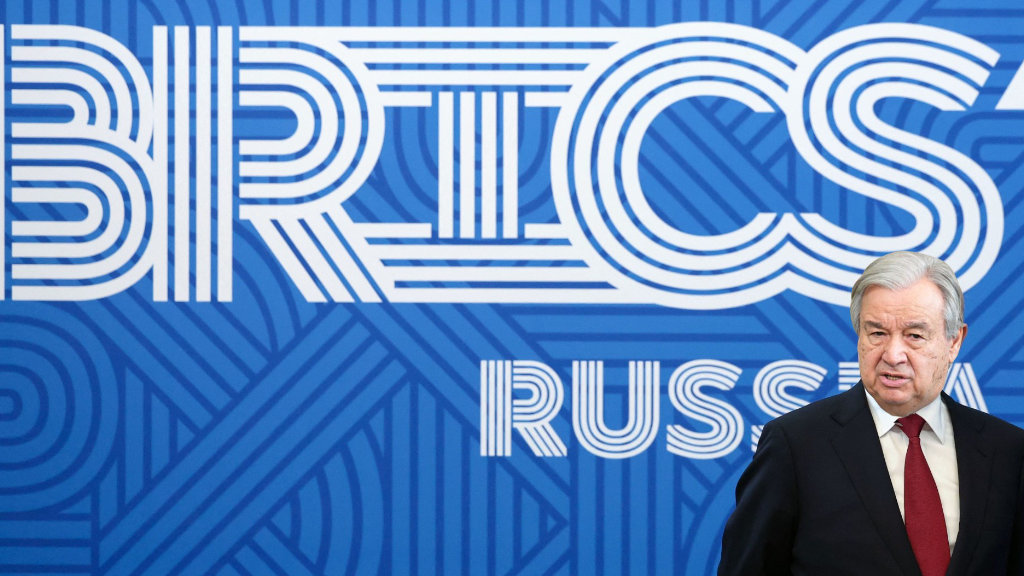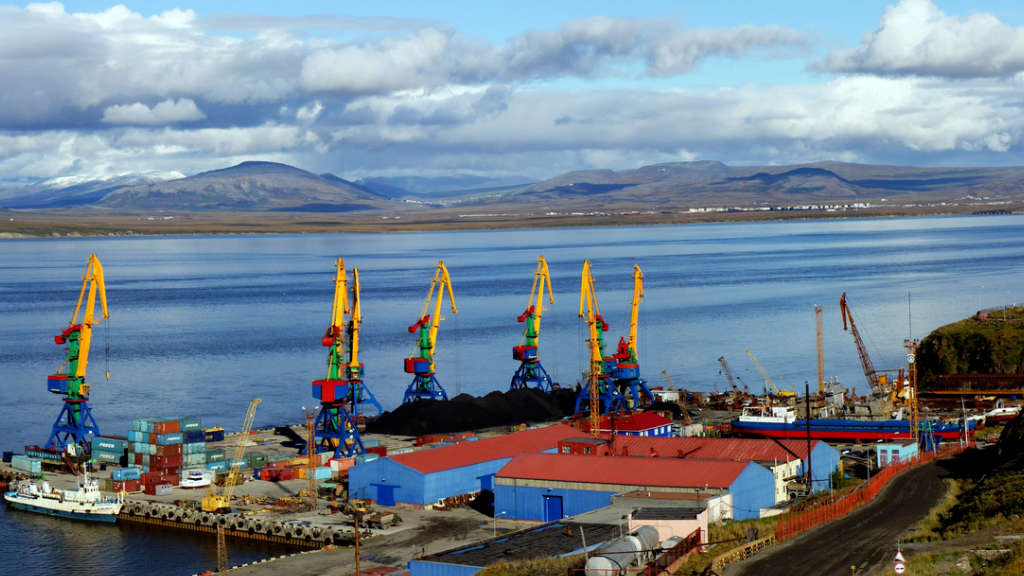The Secretary-General of the United Nations (UN), Antonio Guterres, is to attend the 2024 BRICS Heads of State summit, which kicks off today (October 22) in Kazan, Russia. The UN is an official observer to the group, however Guterres personal participation sends a strong signal that the BRICS is very much now part of what is being termed a ‘multi-polar’ bloc as opposed to the increasingly isolated Western alliance built around the G7.
24 Heads of State will be attending the BRIC summit, including China’s Xi Jinping and India’s Narendra Modi. The two nations have just settled border issues between them – expressly to allow a more cooperative environment within the BRICS bloc.
The Geopolitical Importance of BRICS
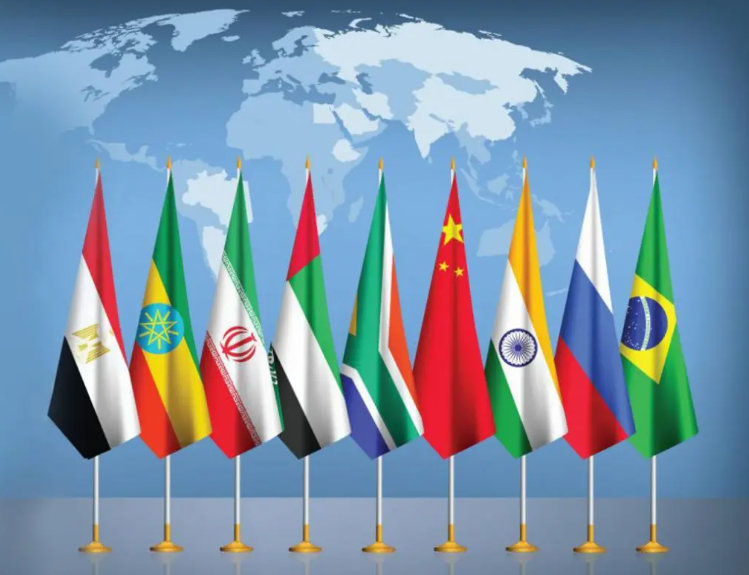
Currently the BRICS bloc includes Brazil, Russia, India, China and South Africa, together with Egypt, Ethiopia, Iran and the UAE. Saudi Arabia has still to ratify its membership. These countries are the primary drivers of their regional economic and trading blocs, including the following:
Brazil: Bienvenidos al Mercado Común del Sur (Mercosur)
Argentina, Bolivia, Brazil, Paraguay and Uruguay.
Russia: Eurasian Economic Union (EAEU)
Armenia, Belarus, Kazakhstan, Kyrgyzstan and Russia.
India: South Asian Association for Regional Cooperation (SAARC)
Afghanistan, Bangladesh, Bhutan, India, Maldives, Nepal, Pakistan and Sri Lanka.
China: Regional Comprehensive Economic Partnership (RCEP)
Australia, Brunei, Cambodia, China, Indonesia, Japan, South Korea, Laos, Malaysia, Myanmar, New Zealand, the Philippines, Singapore, Thailand, and Vietnam.
South Africa: Southern African Customs Union SACU)
Botswana, Eswatini, Lesotho, Namibia and South Africa.
Egypt: Greater Arab Free Trade Association (GAFTA)
Egypt, Iraq, Jordan, Kuwait, Libya, Mauritania, Palestine, Saudi Arabia, Sudan, Tunisia, Syria, United Arab Emirates and Yemen
Ethiopia: Common Market for Eastern & Southern Africa (COMESA)
Burundi, Comoros, D.R. Congo, Djibouti, Egypt, Eritrea, Ethiopia, Kenya, Libya, Madagascar, Malawi, Mauritius, Rwanda, Seychelles, Sudan, Swaziland, Uganda, Zambia and Zimbabwe.
Iran
Not part of any Free Trade Bloc due to Western sanctions but has a 20-year trade agreement with China and a Free Trade Agreement with the Eurasian Economic Union.
UAE: Gulf Cooperation Council (GCC)
Bahrain, Kuwait, Oman, Qatar, Saudi Arabia, and the United Arab Emirates.
Even this is not an exclusive list, as Russia is also a member of the Commonwealth of Independent States, China has FTA with ASEAN and India, while India is also a member of BIMSTEC. African nations are also part of the African Continental Free Trade Agreement. Some of these blocs also have other FTA of their own, such as the agreement between Mercosur and the Andean Community.
While some of these blocs contain members that are politically pro-Western in nature, such as Argentina, Australia, Japan, South Korea and Singapore, these are in a minority and are indirectly impacted by BRICS trade. The implications of the primary BRICS members are very much part of a sprawling, global Free Trade reach cannot be underestimated.
BRICS 2024 Developments
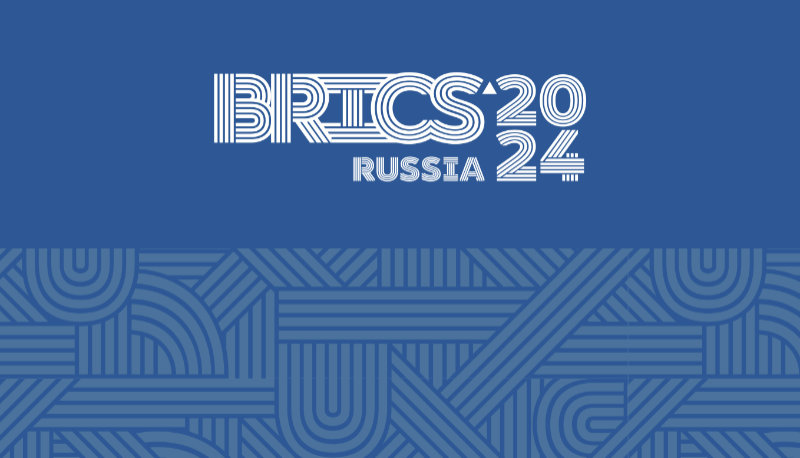
There are likely to be some significant developments at this summit. These include:
2024/25 Expansion of BRICS
It has already been announced that a new category of BRICS will be introduced, ‘BRICS Partner’ status likely to be bestowed upon aspiring members. This can be termed as an ‘Emerging BRICS group’ and is likely to comprise of smaller nations who may not yet be economically strong enough to join the BRICS New Development Bank (usually a contribution requirement) but who need and can provide mutual trade assistance. This could include several African countries, as well as Cuba, Laos and Sri Lanka among others.
In terms of full membership, these could include heavy hitters such as Indonesia, Pakistan and Turkiye, all of which would be somewhat controversial. Indonesia is a trillion-dollar economy, however, remains relatively close to Washington and is wary of China. Pakistan really needs Indian acceptance into BRICS, although the Indian Foreign Minister did attend the regional SCO summit in Islamabad last week. Turkiye would be the first NATO member to join, in a move that would send shockwaves across Europe (and NATO).
Nonetheless we can expect to see the likes of Bangladesh, already a shareholder in the New Development Bank, graduate to full membership status, although the country has just gone through some political turmoil that could delay this. Venezuela is oil rich and could contribute despite being heavily sanctioned, while Malaysia, Thailand and Vietnam represent three of ASEAN’s largest economies. Vietnam already has FTA with China, India and Russia.
In Africa, Angola, Nigeria and Uganda all represent significant economies, while Europe could be further involved with the addition of Belarus – who recently joined the Shanghai Cooperation Organisation, and Serbia, who also has an FTA with the EAEU. Central Asia would be further secured by the admission of Kazakhstan, an important link between Russia and China, and increasingly between Central and Southern Asia.
In reality, BRICS could probably absorb between 3-5 new full members, and up to ten with partner status. Countries that are known to have officially applied to join include:
Africa: Angola, Burkina Faso, Cameroon, Central African Republic, Congo, DR Congo, Equatorial Guinea, Ghana, Libya, Mali, Nigeria, Senegal, South Sudan, Sudan, Tunisia, Uganda, and Zimbabwe.
South America: Bolivia, Colombia, Cuba, El Salvador, Nicaragua, Peru, and Venezuela.
Asia: Afghanistan, Bahrain, Bangladesh, Indonesia, Iraq, Kazakhstan, Kuwait, Laos, Malaysia, Myanmar, Pakistan, Palestine, Sri Lanka, Syria, Turkiye, Thailand, Vietnam, and Yemen.
Europe: Azerbaijan, Belarus, and Serbia.
Emerging BRICS: Implications
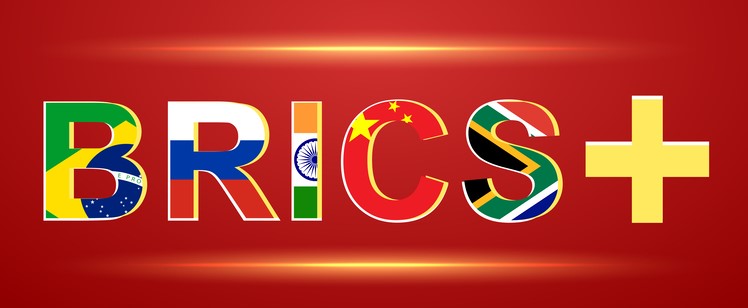
As can be seen, Guterres will be present at the emergence of a powerful new trade and cooperative bloc. The changes that this signifies are far reaching. In effect, this ushers in a new type of global cooperation – the so-called ‘multipolar’ world as opposed to a world that since the end of World War II has been dominated by the West under the traditional Bretton Woods institutions such as the IMF and the World Bank. This has resulted in many potential BRICS members feeling disenfranchised and disillusioned due to policies largely dictated by Washington and now understood to serve US interests first. Guterres is therefore in an interesting political position: being part of the old world order; and invited to see the emergence of the next.
This summit could also offer a window of opportunity for the Global South nations, which are looking to make their voices heard on the international stage. These nations, which are often overlooked in global discussions, can benefit from the experiences and resources of the BRICS to establish development models tailored to their needs. The challenge lies in forging strong and lasting ties that are not solely based on economic foundations but also integrate social and environmental considerations.
Multilateralism, as it was conceived after World War II, is facing a period of uncertainty. Established institutions struggle to effectively address contemporary challenges such as climate change, growing inequality, and governance crises. The BRICS summit could offer a new vision of multilateralism, more inclusive and adapted to current realities. This model could create synergies among the countries of the Global South, proposing an alternative to the rigidities of the current Western framework.
Small Traders
There are two primary examples. The EU has evolved to impose very strict consumer regulations on its own citizens. It has for example forbidden small traders such as Grandmothers and little family businesses from selling their home-made products on local markets without going through onerous and expensive testing and licencing procedures. Small shops serving local communities have disappeared to be replaced by hugely profit-driven super-markets now selling vast quantities of ultra-processed, addictive and often unhealthy foods. In Russia and other parts of the emerging world, the general population is trusted to be able to sell their own produce without interference. The sight of Russian babushka’s selling autumn mushrooms on the sides of the road for example is very common, while citizens are taught at an early age how to identify them. The same applies to understanding various cuts of meat, and plants and vegetables. This consumer knowledge has been lost in the West. Consumer trust and reliability has passed from the individual to the corporate.
This is shown in the data. Since 2008, the entire EU has only added 6 million SMEs to its overall business structure portfolio, during a period when its population rose by 25 million.
Figures for the BRICS total area are not available, however are likely to be radically different. Russian SMEs make up 22% of its GDP, and in China, it is 60%. According to the OECD, China is also registering nearly 23,000 new companies every day. It is adding more SME’s to its overall business structure mix in 9 months that the EU has managed in the past 16 years.
India’s SME percentage to GDP output is 30% while in Brazil it is 27%. South African SMEs contribute 40% to its GDP. New member Egypt has a SME/GDP ratio of 43%, Ethiopia 23%, Iran at 40%, and the UAE at 63.5% of its non-oil GDP.
Academic studies are needed here, but a prognosis that the EU is now beholden to corporate interests, while the BRICS are rather more entrepreneurial and free market in nature is probably an accurate assessment.
Free Trade Agreements
In terms of Free Trade, it is not a dissimilar situation. The United States and European Union have imposed such strict trade conditions that negotiations to enter into such contracts have become almost impossible. Within the European Union, the proposed EU-Indonesia trade agreement has been on-going for a decade, the proposed EU-Mercosur agreement close to 20 years, the EU-Turkiye agreement since 1987, and the EU-Serbia agreement since 2009. None have made much progress. Other examples of EU prevarication can be seen here. This is not indicative of any reasonable trade policy. Instead, and especially as the United States and EU have resorted to tariff wars and sanctions as trade weapons, their foreign trade policy is now being seen as increasingly hostile.
Such contractual complications, designed to pin down every tiny detail, and therefore to promote legal text above simple trust, are not an issue within BRICS. Primarily, it is not a trade bloc, and instead operates a loose set of trade practices in which members (and presumably the new ‘partners’) are free to agree their own terms, on an on-going, more fluid basis. This renders the EU cumbersome and ineffective, which is why countries such as Indonesia, Serbia, and Turkiye are opting to establish themselves as BRICS members.
Alternative Payment Systems
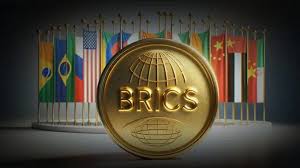
An issue little understood in the West is the global impact that cutting entire countries off from the global payments system SWIFT has introduced. Instead of solidarity, it has introduced a recognition that the global system is effectively controlled by the United States and their partners, and that non-Western bloc nations have no say in the decision-making process. That in turn has introduced a mindset that future trade with the United States, and European Union comes with sovereign risks attached, and especially in global financial connectivity. As a result, active development of an alternative payments system has been ongoing – we wrote about the BRICS Pay concept here. This can be expected to be further elaborated upon at the BRICS summit, where delegates will be able to test it for themselves. It can only be a matter of time before BRICS Pay is fully rolled out.
A little further on in development terms will be digital currency use, and two issues: the rise of digital versions of sovereign currencies, and the introduction of a BRICS coin. The use of currencies such as the digital RMB Yuan, the Ruble and others is already here and are in use. China has traded goods valued at nearly US1 trillion in digital format over the past 18 months, while Russia is to launch digital Ruble services to all banking customers, including individuals, from July next year.
The emergence of a BRICS coin, probably to be named ‘The Unit’ and supported by basket of BRICS member currencies and gold reserves, may also emerge in time.
Summary
Guterres involvement in BRICS is a sign of things to come. As Secretary-General of the United Nations, he is responsible for global, and not purely American interests, and what he learns and sees at BRICS will undoubtedly affect his thinking. How that impacts upon the United States relationship with the United Nations is a key global, geopolitical issue. To some extent, this is a moot point – as the BRICS is about to emerge, not as a youngster – it was first convened in 2009 – but as a fully-fledged, multicontinental entity with real collective muscle. The West may be in for a bit of a shock when the truth of who is in and out of globalisation begins to reveal itself.
Further Reading
BRICS May Admit More Countries As Members: The Candidate Nations

